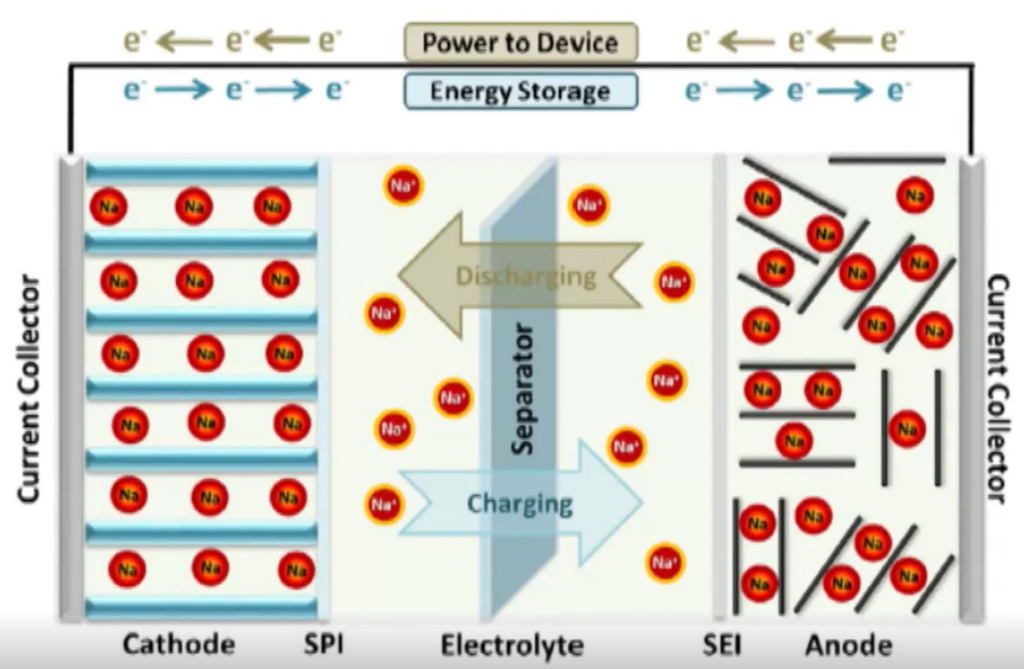September 2021
To know the project and activities better, we present a series of interviews with our project partners in which they will provide insights in their personal motivations and their experiences and tasks in the project.
What was your original motivation to become a researcher? What is your research area today?
As a student of materials engineering at the Metallurgical faculty I have heard on the lectures on special materials also about advanced ceramics and on the intention to build a ceramic engine. It was my dream to work on this subject. Therefore I have joined the Ceramic department at the Institute of Inorganic Chemistry, Slovak Academy of Sciences. My dreams became true in 1996 when I could participate on a big Japanese project Synergy Ceramics, where one of the tasks was the development of ceramic engine }several Japanese automobile companies have been involved, Toyota, Nissan, Isuzu, etc.).
By the time the research interest moved from engineering ceramics to functional ceramics, therefore my research area is on the electrical, thermal and optical properties of functional ceramic, photocatalytic ceramic nanotubes, etc.
What do you like the best about your work?
Development of new ceramic materials with exceptional properties, e.g. very high electrical and thermal conductivity, luminescence, photocatalytic degradation of pollutants, etc., based on the knowledge of their electronic structure (first principle calculations), microstructure, phase composition, thermodynamic stability.

Figure 1.
What is your main task in SIMBA?
Through a long term co-operation (since 1993) with Technische Universität Darmstadt (group of prof. Ralf Riedel) on polymer-derived ceramics. Our main task is the development of ceramic anode.
Why is your company ideal for the research/activities in SIMBA?
We have 40 years experiences on the development of engineering and functional advanced ceramics with a strong base for the control of electrical and thermal properties of ceramics, their porosity and other functional and mechanical properties
What impact do you think the SIMBA technology will have?
Development of novel, safe and cheap Na-ion batteries with competitive properties to existing (but rather expensive) Li-ion batteries.
 Figure 2. Schematic presentation of Na-Battery
Figure 2. Schematic presentation of Na-Battery
Want to know more about Institute of Inorganic Chemistry, Slovak Academy of Sciences? Visit their partner page here
